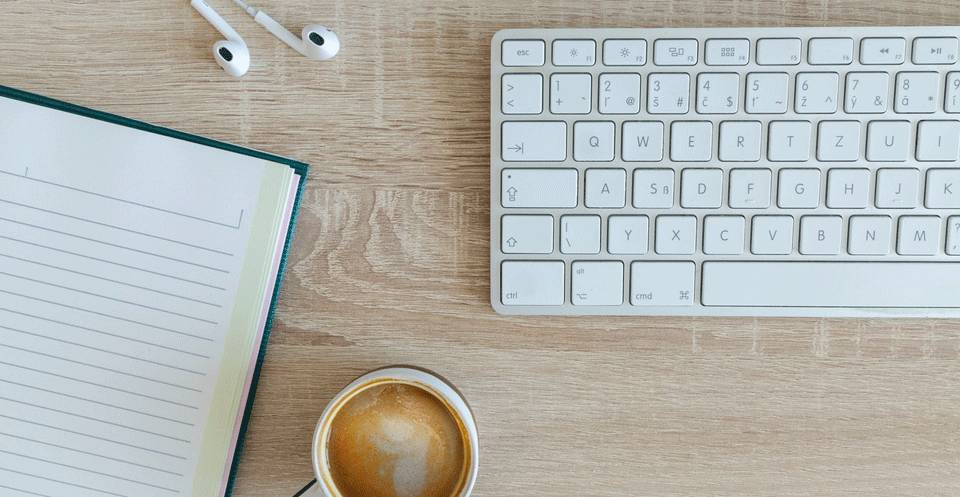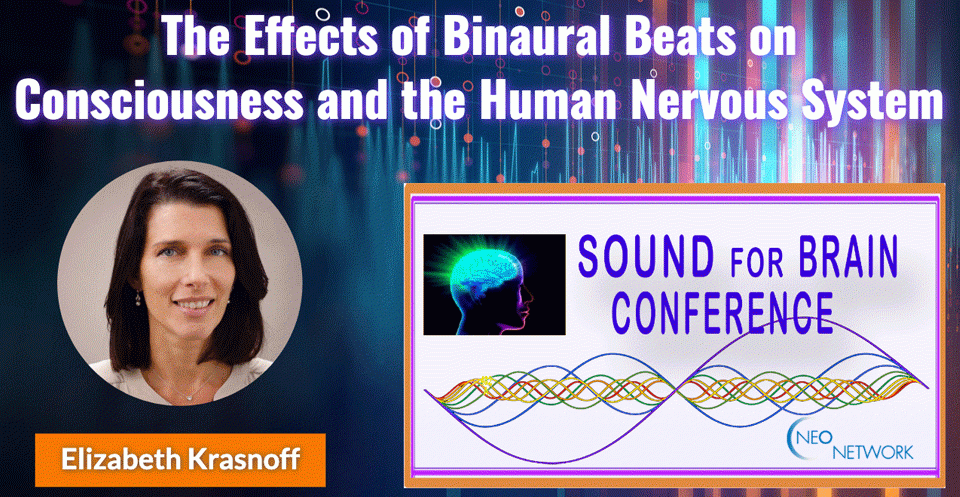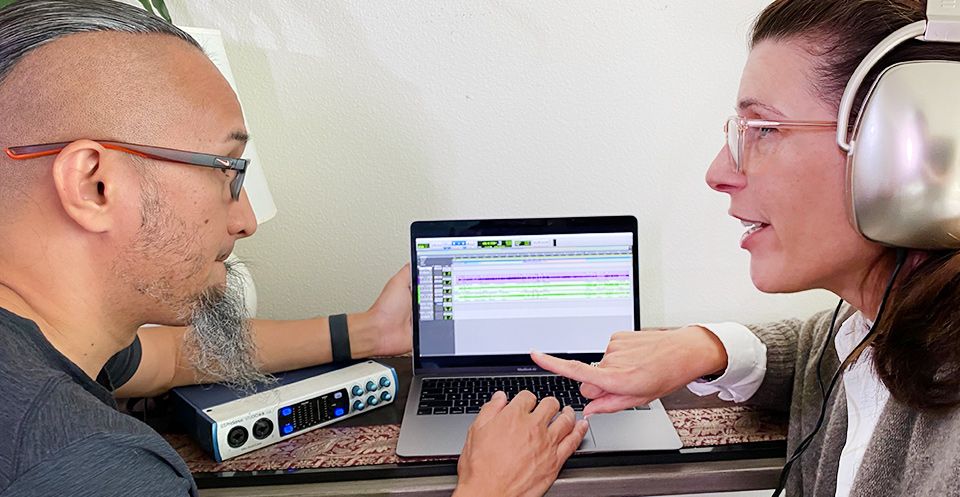Use Sound To “Reset” Your Response To COVID-19

What Chronic Fear and Stress Does to our Minds and Bodies - and What to do About It
The COVID-19 pandemic has had a major effect on all our lives. Fear of COVID-19 can cause anger, sadness, numbness, and frustration, as well as lost sleep and increased use of alcohol and other substances. You might even experience shortness of breath due to feelings of overwhelm, lack of focus, irritability, and “hamster wheel” rumination about a worst-case scenario. While no one can be sure that the pandemic is finally over, you can use sound to “reset” your fear and stress response.
Let’s talk about the mechanics of fear and stress – how they affect your body, and what you can do about it. When you are in a fear state you don’t have access to your frontal cortex, the part of your brain that helps you to think clearly. Instead, another part of your brain, the amygdala, fires off and signals the adrenal glands to release a “chemical bath” of glucose, cortisol and adrenaline into your bloodstream. The extra glucose can wreak havoc with blood sugar levels, and cortisol and adrenaline can also harm your health.
The feeling of fear is related to brainwave activity. New research shows that our emotions are linked to certain brainwave patterns, and these patterns can affect the whole body. The research even shows that in mice, brainwaves that vibrate at a frequency of 4 hertz (Hz) appear when the mouse is feeling fear. In humans, we have seen studies in which a 6 Hz frequency induced fear, and other studies in which the same frequency (and other theta frequencies) reduced anxiety. Specifically, a 6 Hz brainwave (in 1 second there are 6 cycles of the brainwave) can interrupt an anxious brainwave pattern.
Your “Reset Button” for Fear and Stress
Life has changed for all of us, but there are golden threads of relief, and you can follow the threads. One way is by using sound. Listening to specific sounds can safely change your brainwaves. You can use sound to give yourself instructions to relax and feel happier. It is a drug-free, noninvasive way to help yourself when you feel overwhelmed or afraid, and it can be done at home or wherever you are.
The music that you listen to in your everyday life can be used as medicine, all by itself. And just becoming conscious of that can make it more powerful medicine. Support your mental health by using music playlists for mood support. Make your own playlists of sounds and songs that make you feel good. You can also go a little more high tech and use binaural beats sound technology to change your brainwave frequency. Changing your brainwave frequency can change the way you feel, and you can do it with binaural beats. Binaural beats are a specific type of sound that exist only in your head when you listen to them through stereo headphones.
There are 5 basic brainwave states, and by using binaural beats you can choose which brainwave state you want to address. So if you are feeling fear or anxiety, you can select binaural beats frequencies to reset your brainwaves to feel a greater sense of deep relaxation and well-being. Binaural beats have been tested under clinical conditions for effects on brain states and have been shown to have positive effects on sleep, anxiety, the perception of pain, memory and focus.
You might be feeling skeptical about the possible effects of sound on the brain and your feelings. How can something like sound cause real changes in our brainwaves? Research in the field of physics is showing that humans are actually energetic and informational beings. We operate through sophisticated, high-speed communication channels that are embedded in our living connective tissue. This communication matrix is capable of affecting our tissues, the way our cells work, and even our DNA. Sound is processed by the brain, with real changes in brainwaves that go on to travel through the communication matrix. Specific sounds such as music and binaural beats can affect this communication matrix, and your state of mind, for the better.
References
Centers for Disease Control and Prevention. (2020). Coping with stress.
Filimon, R. C. (2010, June). Beneficial subliminal music: binaural beats, hemi-sync and metamusic. In Proceedings of the 11th WSEAS international conference on Acoustics & Music: Theory & applications (pp. 103-108).
Garcia-Argibay, M., Santed, M. A., & Reales, J. M. (2019). Efficacy of binaural auditory beats in cognition, anxiety, and pain perception: A meta-analysis. Psychological Research, 83(2), 357-372.
Jirakittayakorn, N., & Wongsawat, Y. (2018). A novel insight of effects of a 3-Hz binaural beat on sleep stages during sleep. Frontiers in Human Neuroscience, 12, 387.
Karalis, N., Dejean, C., Chaudun, F. et al. (2016). 4-Hz oscillations synchronize prefrontal–amygdala circuits during fear behavior. Nature Neuroscience 19, 605–612.
McConnell, P. A., Froeliger, B., Garland, E. L., Ives, J. C., & Sforzo, G. A. (2014). Auditory driving of the autonomic nervous system: Listening to theta-frequency binaural beats post-exercise increases parasympathetic activation and sympathetic withdrawal. Frontiers in Psychology, 5(1248).
McKusick, E. D. (2014). Tuning the human biofield: Healing with vibrational sound therapy. Healing Arts.
Pluck, G., & López-Águila, M. A. (2019). Induction of fear but no effects on cognitive fluency by theta frequency auditory binaural beat stimulation. Psychology and Neuroscience, 12(1), 53–64.











